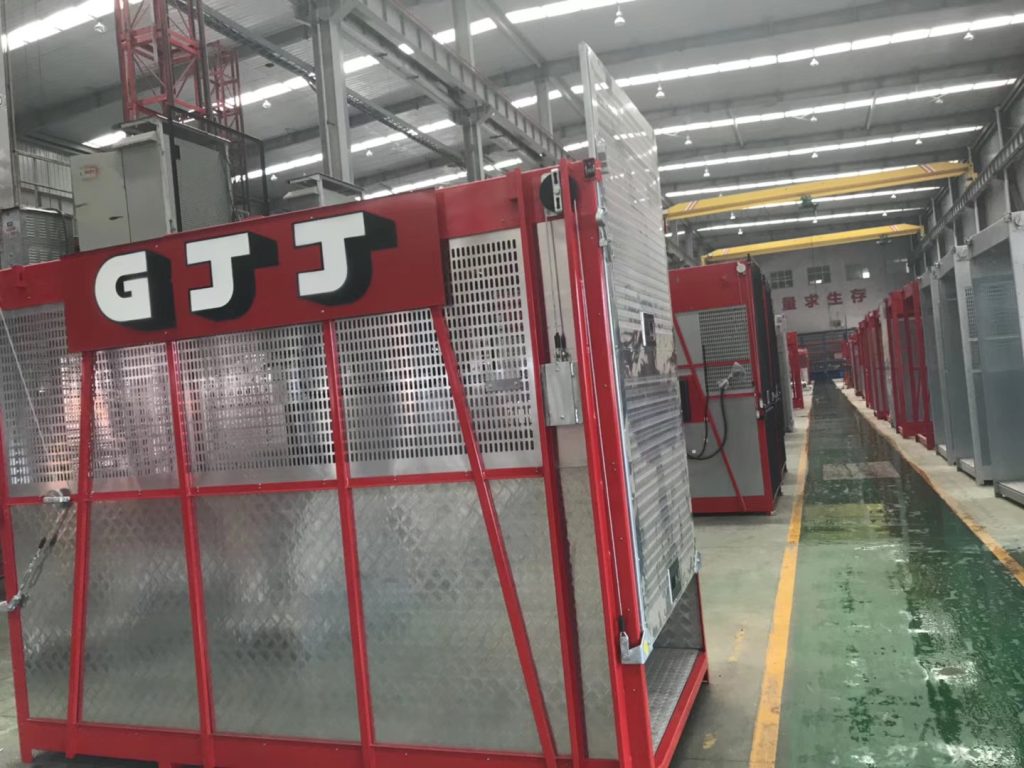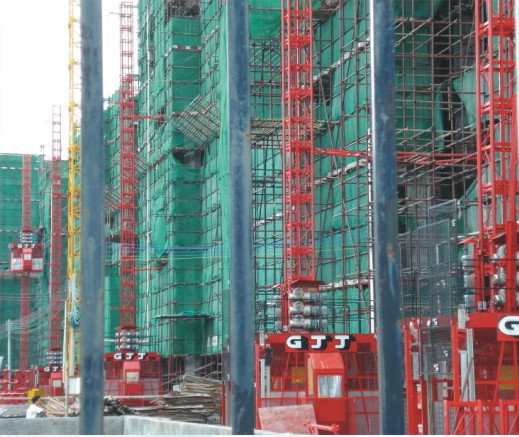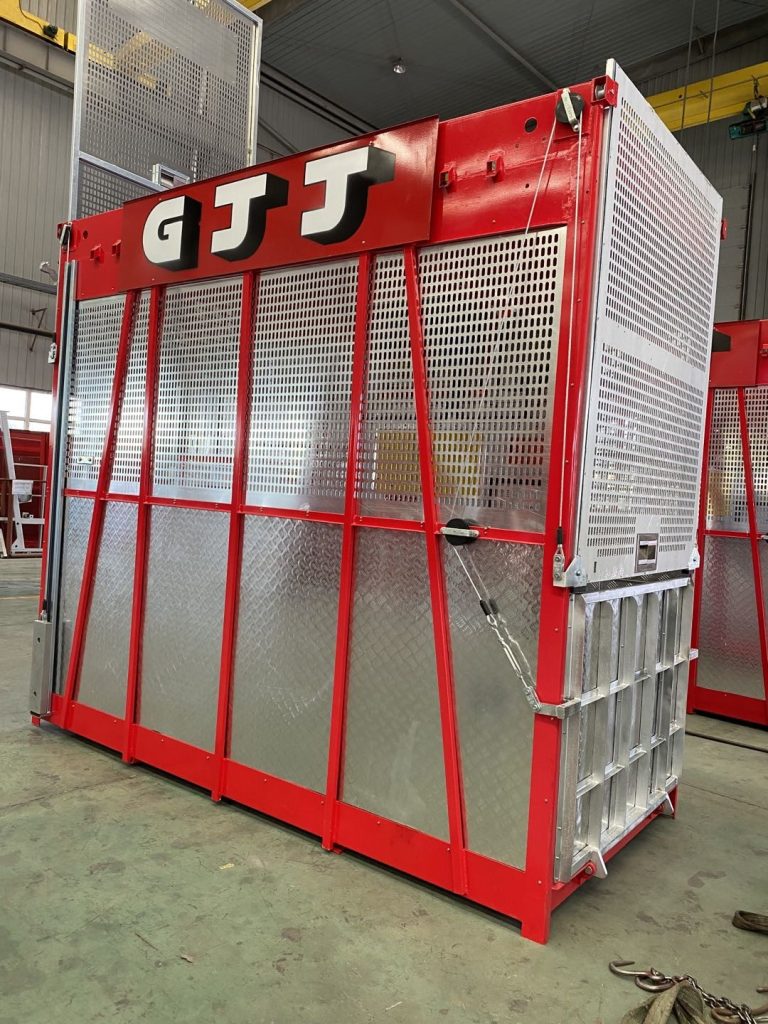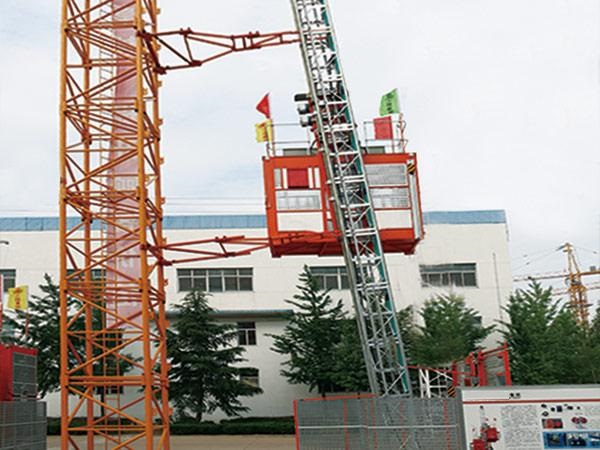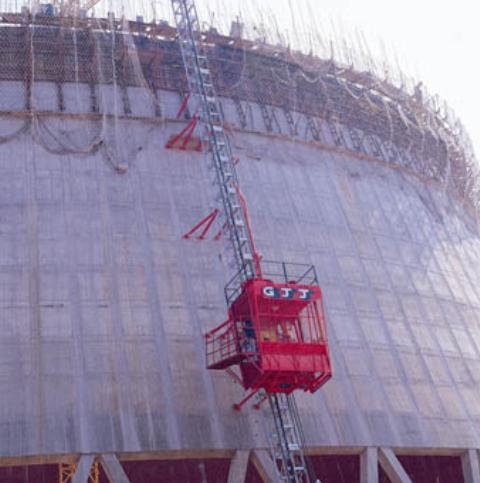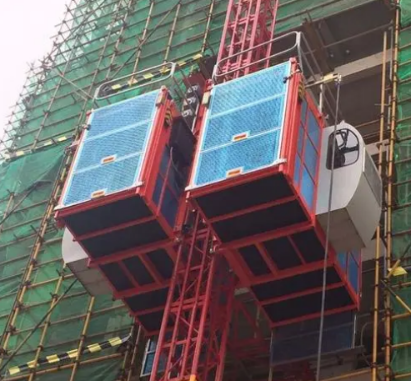When it comes to lifting heavy loads vertically, businesses often face the choice between electric hoists and hydraulic hoists. While both serve the fundamental purpose of lifting, electric hoists stand out for their ease of use, cost-effective maintenance, and reliable performance. If you want a lifting solution that helps save time, reduce expenses, and operate safely, understanding the advantages of electric hoists over hydraulic hoists is essential.
Electric vs Hydraulic Hoists: What Are They and Where Are They Used?
| Feature | Electric Hoists | Hydraulic Hoists |
| Ease of Use | Simple controls, minimal training | Bulky, needs space , and plumbing |
| Installation | Compact, fast setup | Lower losses through fluid |
| Maintenance Cost | Low, no fluid handling | High, frequent oil maintenance |
| Noise Level | Quieter (~75 dB) | Noisier (>85 dB) |
| Energy Efficiency | High, lower consumption | Bulky, needs space, and plumbing |
| Environmental Risk | Low (no fluid spills) | Higher risk of oil leaks |
| Precision | High (±1 mm control) | Moderate precision |
What Are Hydraulic Hoists?
Hydraulic hoists use hydraulic fluid under pressure to lift heavy loads. They operate through a system of pumps, valves, and fluid lines, converting hydraulic energy into lifting power. Due to their strong lifting capability and durability under heavy loads, hydraulic hoists are commonly used in:
- Heavy construction sites
- Mining operations
- Large-scale industrial projects
- Outdoor environments requiring high lifting capacity
Hydraulic hoists are excellent for extremely heavy-duty applications but tend to be larger, more complex to install, and require trained operators to manage hydraulic systems safely.
What Are Electric Hoists?
Electric hoists use electric motors to drive gears and pulleys that lift loads. They are compact, easy to install, and come with simple control systems like push buttons or remote controls. Electric hoists are best suited for:
- Warehouses and factories
- Light to medium-duty lifting
- Logistics and distribution centers
- Indoor environments where space and noise are concerns
Thanks to their quick setup, user-friendly controls, and low maintenance, electric hoists are ideal for businesses seeking flexibility and efficiency.
What Are the Advantages of Electric Hoists Over Hydraulic Hoists?
Use with Ease: Save Time and Effort
Electric hoists are designed to be user-friendly and quick to deploy:
- Simple Operation: Electric hoists come with push-button or remote controls, allowing operators of all skill levels to work efficiently with minimal training.
- Compact Installation: Their streamlined design fits well in tight indoor spaces such as warehouses or factories, unlike bulky hydraulic systems requiring complex plumbing.
- Instant Response: Electric hoists start and stop immediately without the warm-up delays common to hydraulic systems.
This straightforward usability means less downtime and faster lifting cycles, keeping your operations smooth and hassle-free.
Maintenance Made Affordable: Cut Costs and Reduce Headaches
Electric hoists reduce ongoing expenses by minimizing maintenance complexity:
- Fewer Parts, Less Wear: Electric hoists primarily use motors and gearboxes, avoiding the pumps, valves, and hoses that hydraulic systems depend on.
- No Hydraulic Fluid: Without the need for oil, there’s no risk of messy leaks, costly cleanups, or environmental fines.
- Easily Available Parts: Standardized components mean repairs are faster and cheaper.
Compared to hydraulic hoists, which require frequent fluid changes, leak checks, and specialist technicians, electric hoists significantly lower your total maintenance spend.
Reliable Performance: Work Safely and Confidently Every Time
When it comes to lifting precision, safety, and operational cost, electric hoists deliver superior results:
- Accurate Load Control: Electronic systems provide precise positioning, essential for delicate or high-precision tasks.
- Energy Efficiency: Electric hoists consume less power, lowering your energy bills while maintaining consistent lifting speeds.
- Quiet and Clean Operation: With noise levels around 75 dB, they create a safer and more comfortable work environment. Plus, zero oil means no contamination risks.
- Smart Integration: Modern electric hoists support IoT monitoring and remote diagnostics, enabling proactive maintenance and minimizing downtime.
These performance advantages mean you get peace of mind with every lift.
Why Electric Hoists Are the Smarter Investment
If your priority is saving time, reducing costs, and ensuring reliable, safe lifting, electric hoists are the clear winner over hydraulic hoists. Their ease of use means you can operate with less training and setup hassle. Maintenance is cheaper and simpler, avoiding the pitfalls of hydraulic fluids and complex systems. On top of that, electric hoists deliver precise, energy-efficient, and quiet operation, perfect for modern facilities focused on productivity and safety.
Hydraulic hoists still have their place in extreme heavy-duty lifting, but for most industrial and commercial applications, electric hoists offer superior value and performance.
Construction Hoist for Sale
From the time of our founding in 2006, CPTC – Chongqing Clipper Industry Co., Ltd. Of China has focused exclusively on the Construction engineering equipment and spare parts. Including complete construction hoist, tower crane, gondola and spare parts. We are supplying spare parts of GJJ, ZENIT, HERCULES, ORBIT, CREDO, LIFTEC, VERTILIFT, A.T.L., BAODA, ZOOMLION, XCMG, SANY and so on. Our products including, GEAR RACK, PINON, SAFETY DEVICE, MOTOR, GEARBOX, ROLLER, MASTER SECTION, TIE IN, CABLE, LIMIT SWITCH, FIXING AGNLE, BOLT, SLEWING RING, INVERTER…. We have developed a unique expertise and knowledge of our products. Our technical knowledge and foundational support, combined with the high quality of our product, has made CPTC one of the most successful in the construction equipment industry.

